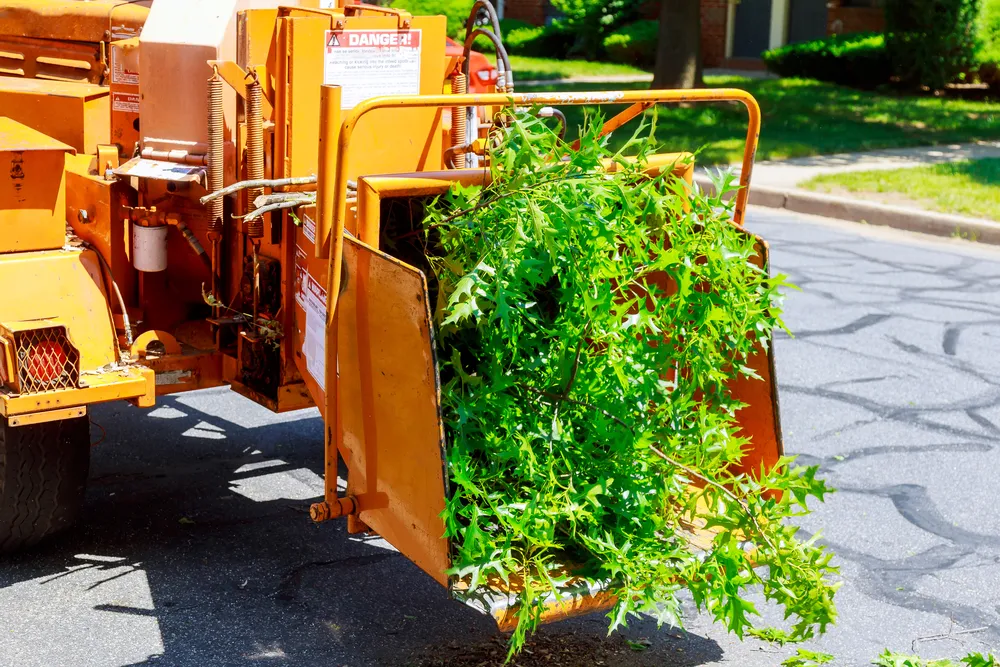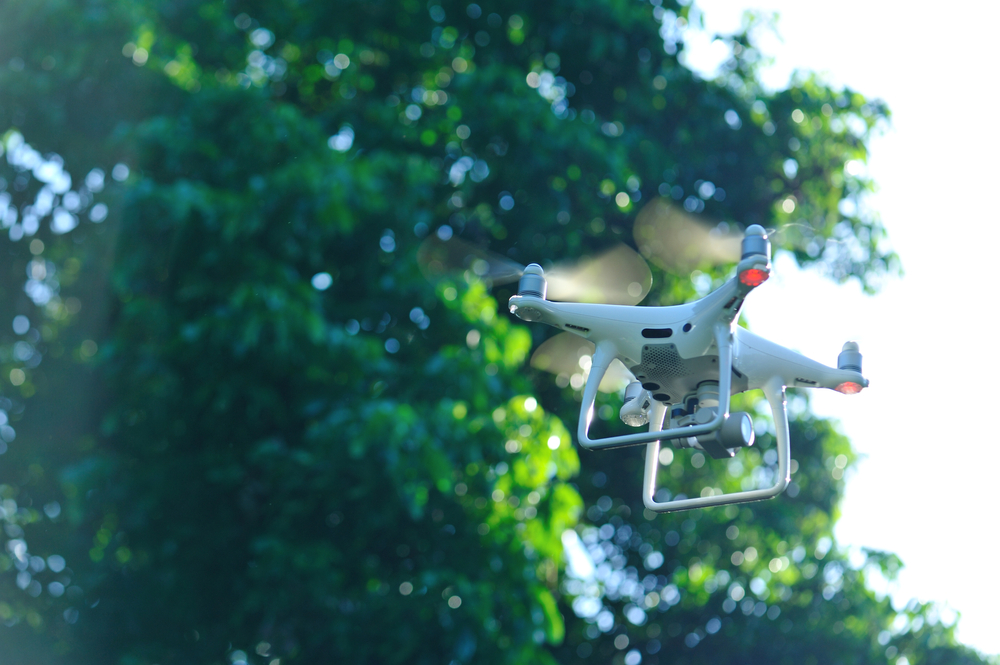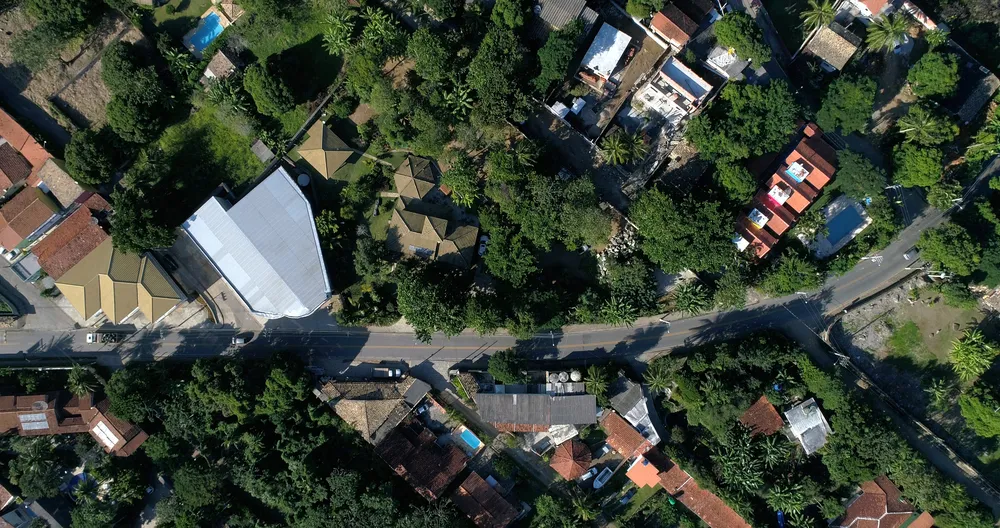Modern tree care has come a long way from the days of manual saws and ladders. With the rise of new technologies, the industry has adopted safer and more efficient methods for maintaining green spaces and managing vegetation in both residential and commercial environments. From digital planning tools to remote inspection systems, professionals are now equipped with resources that make their work more precise and environmentally responsible. North Shore Tree Services in Sydney embraces these innovations to deliver top-quality results while keeping safety and sustainability at the forefront.
The evolution of technology in tree care isn’t just about fancy gadgets, as it’s about redefining the way professionals approach their craft. Advanced equipment and eco-friendly techniques are making it possible to handle complex projects faster and with minimal environmental disruption. These advancements not only benefit clients but also protect the workers and the trees themselves, ensuring a healthier and more efficient future for the industry.

Advancements in Tree Care Equipment
The equipment used in tree care today is far more advanced and efficient than it was just a decade ago. Innovations in mechanical systems and power tools have dramatically improved productivity and precision. The introduction of battery-powered and noise-reduced machinery has also helped reduce the environmental impact of operations. These improvements make it easier to manage both large-scale and delicate projects while maintaining high safety standards.
Modern Cutting and Trimming Tools
Recent developments in cutting equipment have allowed professionals to perform cleaner and more precise cuts. These tools are designed with ergonomic handles and enhanced power efficiency to reduce fatigue and improve accuracy during prolonged work sessions. The transition from fuel-powered to battery-powered devices has also contributed to quieter, cleaner operations.
- Advanced electric saws are lighter and produce smoother cuts, allowing professionals to shape and manage branches with greater control and less strain.
- Telescopic trimmers now feature adjustable extensions and precision blades that help workers reach higher areas safely without needing to climb.
- New chipper models are equipped with improved feeding systems that reduce blockages and ensure consistent processing of organic debris.
Machinery for Large-Scale Operations
Heavy machinery has also evolved to make large projects more manageable and less labour-intensive. Compact loaders and automated lifts have become essential for complex removals and pruning in restricted environments. The integration of smart controls and fuel-efficient engines ensures that operations remain both powerful and environmentally responsible.
- Cranes and lifts now have enhanced load sensors that detect weight distribution, reducing the risk of accidents during heavy lifting.
- Compact loaders are designed for minimal ground disturbance, protecting the surrounding landscape while performing demanding tasks.
- Multi-functional attachments make it possible to switch between digging and transporting debris quickly, improving overall job efficiency.
Eco-Friendly Machinery and Equipment
Sustainability has become a key focus in equipment development for the industry. Manufacturers are creating machinery that minimises fuel consumption and noise pollution. These innovations reduce operational costs and align with growing community expectations for environmentally friendly practices.
- Electric and hybrid machinery models significantly reduce carbon emissions while maintaining powerful performance for extended use.
- Biodegradable lubricants and oils are now used to prevent soil and water contamination during routine maintenance.
- Noise-reduction systems are integrated into engines and motors to minimise disruption in residential and wildlife areas.

Drones and Imaging for Tree Inspections
The use of drones and imaging technology has transformed how professionals inspect and assess trees. These tools allow teams to collect detailed visual data without climbing or disturbing the environment. They improve save time and reduce the risks associated with traditional manual inspections. The combination of aerial views and advanced imaging sensors provides a deeper understanding of tree health and structure.
Aerial Mapping and Health Assessment
Drones equipped with high-resolution cameras capture detailed images that help professionals evaluate tree conditions efficiently. This approach eliminates the need for excessive manual climbing and reduces safety risks. The data collected can also be stored and compared over time to track growth patterns and identify early signs of deterioration.
- Aerial mapping helps create accurate visual records of canopy coverage, allowing better management of overgrown or shaded areas.
- Multispectral imaging sensors detect stress in foliage caused by pests or nutrient deficiencies before visible symptoms appear.
- Long-range drone flights can survey large properties quickly, providing a cost-effective way to manage multiple sites at once.
3D Modelling and Data Analysis
Modern drone systems can now produce 3D models that replicate actual environments with remarkable accuracy. These models assist in identifying hazards and predicting how trees may interact with nearby structures. With the integration of advanced software, teams can simulate various scenarios to find the safest and most efficient solutions.
- 3D mapping enables precise measurement of height with canopy width and clearance distances, improving decision-making for pruning or removal.
- Predictive modelling identifies areas that could pose risks to infrastructure during storms or high winds.
- Cloud-based data sharing allows teams to access inspection results instantly, speeding up reporting and client communication.
Safety and Compliance Advantages
Drone inspections play a major role in meeting modern safety and compliance standards. They provide verifiable visual evidence that can support permit applications or insurance claims. This level of documentation not only protects clients and workers but also ensures accountability in every stage of the project.
- Drones can capture before-and-after footage to prove compliance with local regulations and environmental guidelines.
- Recorded visual data can be used in reports to demonstrate adherence to workplace safety requirements.
- Aerial perspectives help teams identify potential hazards like unstable branches or powerline proximity before work begins.
Digital Job Planning and Reporting
Technology has streamlined how tree care professionals execute and report their projects. Digital tools now enable teams to manage tasks and generate detailed reports in real time. This approach minimises paperwork and ensures that clients receive transparent updates on project status. It also contributes to more organised scheduling and efficient resource management.
Cloud-Based Management Platforms
Cloud technology has made it easier to coordinate team activities and maintain organised workflows. Job assignments and updates can be accessed remotely through mobile devices. This ensures that every team member is informed and aligned with the day’s objectives.
- Cloud platforms allow real-time updates on site progress, improving collaboration among field and office staff.
- Centralised data storage ensures that inspection reports and client notes are securely backed up and easily retrievable.
- Mobile applications simplify communication and reduce delays caused by manual documentation or missed updates.
Real-Time Monitoring and Communication
Instant communication tools and tracking systems have become essential for ensuring operational efficiency. These systems provide visibility over team locations and their progress, as well as their equipment usage. This real-time monitoring helps improve accountability and enables rapid responses to unexpected issues.
- GPS tracking allows managers to monitor crew positions and allocate tasks more effectively during busy workdays.
- Instant messaging and alert systems keep teams connected even in remote areas with limited coverage.
- Equipment sensors transmit usage data, helping predict maintenance schedules and prevent costly downtime.
Digital Reporting and Record Keeping
Comprehensive digital reports now replace traditional paperwork, providing clients with organised documentation. These reports detail every aspect of the project, from risk assessments to completion summaries. They improve transparency and create lasting records that can be referred to for future maintenance.
- Automated reporting tools generate detailed records complete with images, as well as the dates and other notes to reduce manual errors.
- Clients receive easy-to-read reports that enhance trust and confidence in professional service quality.
- Archived digital data assists in long-term planning and allows for consistent follow-up maintenance recommendations.

Improved Safety Through Modern Gear
Safety is a top priority in tree care, and modern technology has introduced several ways to make worksites safer. The latest gear and equipment are designed to improve visibility and prevent accidents. By combining innovation with strict safety standards, professionals can complete tasks efficiently without compromising wellbeing. This approach benefits both the workforce and the clients they serve.
Personal Protective Equipment Enhancements
Protective gear has evolved with lighter materials and integrated technologies that increase comfort and protection. These improvements reduce fatigue and ensure better compliance among workers. Many pieces of equipment are now designed with sensors and smart features to enhance awareness on the job.
- Helmets now include built-in communication systems, allowing teams to coordinate seamlessly during complex operations.
- Lightweight composite materials in harnesses and boots improve comfort while maintaining durability.
- Smart wearables can detect sudden movement or falls and automatically send alerts to supervisors for quick response.
Climbing and Rigging Innovations
Climbing and rigging have seen significant advancements that make them safer and more efficient. New rope materials and load-bearing equipment offer greater stability and strength. These innovations help professionals manage heights and heavy loads with improved confidence and precision.
- Friction-reducing rope systems minimise wear and tear while ensuring smoother manoeuvrability.
- Advanced rigging devices distribute weight evenly, preventing sudden jerks or pressure points during lifts.
- Modern harness systems provide full-body support and improved positioning, reducing strain on the worker.
Emergency Response and Safety Monitoring
Technology has also enhanced how teams respond to emergencies and track safety conditions. With real-time monitoring and alert systems, it’s easier to manage risks and coordinate rescue operations if needed. These proactive measures help ensure that every job is completed without incident.
- GPS-enabled safety devices allow managers to pinpoint worker locations instantly in case of emergencies.
- Remote sensors detect environmental hazards such as high winds or unstable ground conditions.
- Digital check-in systems track worker activity and confirm that safety protocols are being followed.
Why Skill and Experience Still Matter
Despite the growing role of technology, expertise remains essential in the field. Machines and software can support operations, but human judgement and practical experience ensure quality and precision. Skilled professionals interpret data and make critical decisions while maintaining ethical and safety standards. Technology enhances their capabilities instead of replacing them.
The Importance of Hands-On Knowledge
Hands-on experience allows professionals to read environmental cues that machines may overlook. Understanding soil conditions and weather effects requires real-world knowledge. These insights guide decision-making and ensure that every action benefits both the environment and the property.
- Seasoned experts can identify subtle signs of decay or disease that sensors might miss.
- Practical experience helps determine the right approach for each unique environment and condition.
- Knowledgeable workers make accurate risk assessments that prioritise safety and sustainability.
Balancing Technology with Traditional Techniques
Modern practices are most effective when combined with traditional expertise. The balance between old and new methods allows teams to maintain authenticity while embracing efficiency. Professionals who adapt to technology without losing their core skills offer the best outcomes for clients.
- Combining manual techniques with modern machinery allows for precision without losing the human touch.
- Traditional pruning and shaping methods are still vital for maintaining natural aesthetics and growth health.
- Experienced workers use technology as a complement, ensuring careful and intentional results.
Continuous Learning and Adaptation
The field is constantly evolving, and professionals must stay informed about new developments. Ongoing training and certification ensure that teams remain competent with the latest tools and safety standards. Embracing lifelong learning ensures a workforce that’s adaptable and future-ready.
- Regular workshops and refresher courses keep workers up to date with modern practices and legal requirements.
- Certification programmes validate competence and professionalism in using advanced technology.
- Learning from each project builds experience that strengthens judgement and adaptability in new scenarios.

How Modern Practices Are Shaping Sydney’s Tree Care Industry
The industry is evolving rapidly as businesses integrate technology into daily operations. From inspection tools to digital management systems, these advancements are raising the standards of service delivery. They’re enabling professionals to handle more complex challenges with confidence while reducing environmental impact. The transformation is paving the way for more efficient, eco-conscious practices.
Higher Efficiency and Environmental Responsibility
Technology has made it easier for professionals to deliver quality results while minimising disruption to nature. Precision tools and eco-friendly equipment help maintain environmental balance. This combination of speed and sustainability reflects the industry’s ongoing commitment to responsible practices.
- Efficient machinery reduces energy waste and operational time without compromising safety or accuracy.
- Environmentally friendly tools and fuels contribute to cleaner and quieter work environments.
- Precision data analysis helps plan projects with minimal ecological disturbance and better long-term outcomes.
Building Client Trust Through Transparency
Digital reporting and monitoring have improved client communication and trust. Clients now have access to clear data and visual updates that showcase progress and quality. This transparency builds long-term relationships based on reliability and professionalism.
- Detailed reports and photo documentation assure clients that every task is completed thoroughly and responsibly
- Online tracking and updates allow clients to stay informed in real time, improving satisfaction and confidence.
- Transparent operations strengthen brand reputation and encourage word-of-mouth referrals within the community.
Setting the Standard for Future Growth
The adoption of technology has set a new benchmark for excellence in the field. It has encouraged innovation and inspired professionals to raise their standards continually. As these tools become more accessible, the industry will only continue to grow stronger and more sustainable.
- Businesses that invest in technology position themselves as leaders committed to innovation and safety.
- Collaboration between experienced workers and digital systems fosters more effective and consistent service.
- The integration of technology ensures that future projects are safer and more environmentally responsible.
Technology is redefining how professionals manage tree care, bringing efficiency and sustainability to new heights. From drones to smart management platforms, these tools are helping teams deliver faster and more reliable outcomes. Yet, behind every innovation stands the skill and judgement of professionals who understand how to apply them with care and responsibility. Our professionals at North Shore Tree Services combine modern technology with years of experience to provide dependable, eco-friendly solutions that protect both people and nature.
The future of the industry lies in blending human expertise with continuous innovation. As technology continues to advance, businesses that adapt and invest in smarter tools will set new standards for quality and safety. With the right balance of knowledge and innovation, the industry is well-equipped to thrive in the years ahead.

